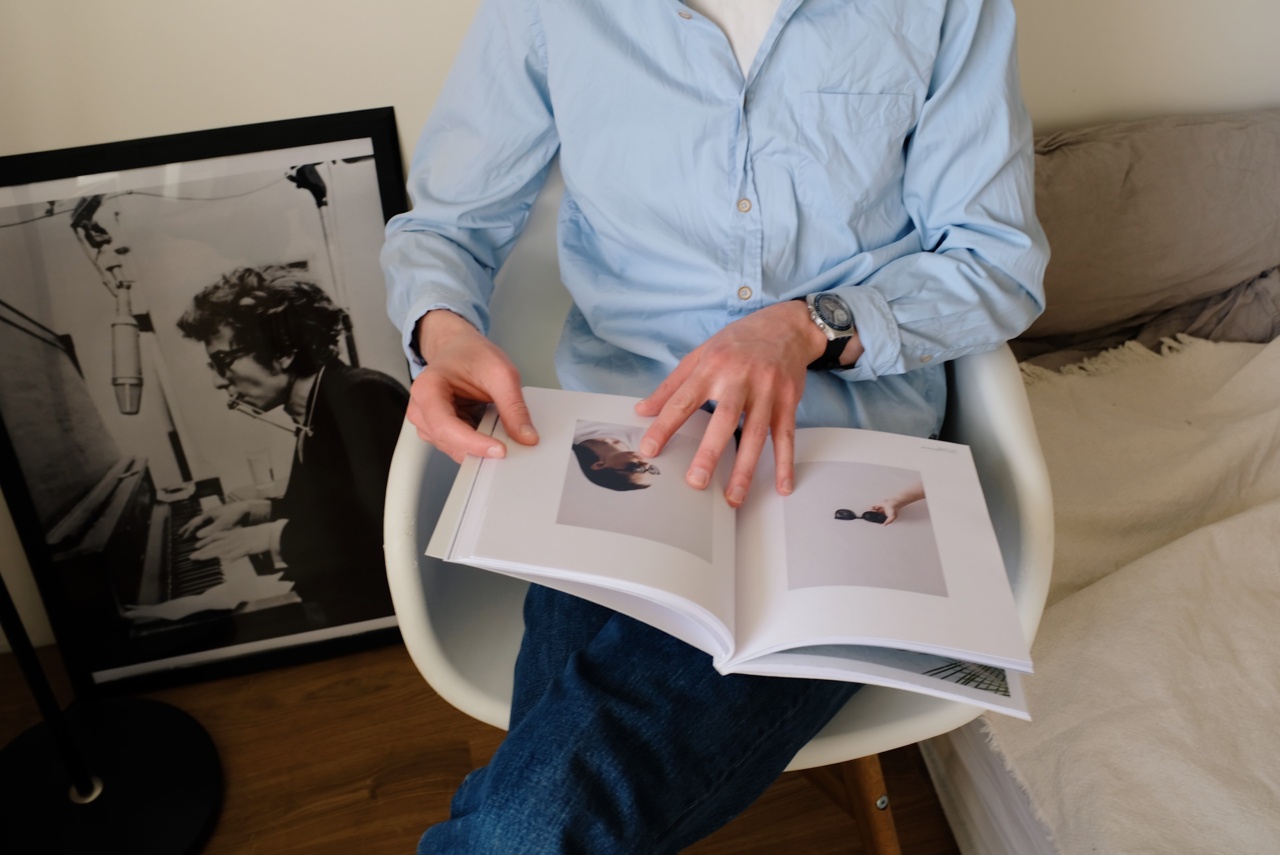For a lot of people, hepatitis C is often a silent disease. It can lurk in your body for years without showing any symptoms, making it difficult to identify and treat. However, the stigma surrounding hepatitis C is anything but silent.
Many people with the disease experience stigma from others who view it as a result of drug use or promiscuity. As a result, people often feel ashamed or embarrassed to talk about their diagnosis.
But using art can provide a new avenue for people to break that silence. Art can help individuals to express their experiences and feelings about living with hepatitis C, help to educate the public, and reduce the stigma associated with the disease.
In this article, we’ll explore how art can be used to break this silence.
Why Art?
Art can be a powerful tool for breaking down barriers and encouraging conversations around sensitive topics. This is especially true for subjects that may be stigmatized or taboo.
Art can help to create a safe space for individuals to share their experiences and help others understand what they may be going through. Here are some ways art can help:.
1. Art can express emotions without words
Living with hepatitis C can be a very emotional experience. People with the disease can feel isolated, scared, or even ashamed. Sometimes, these emotions can be difficult to put into words.
Art can provide a way to express these feelings in a way that feels safe and non-threatening. Art can give people a space to explore their emotions without fear of judgment or rejection, allowing them to process their feelings in a healthy way.
2. Art can educate the public
One of the biggest problems with the stigma surrounding hepatitis C is that it can prevent people from seeking treatment. There is a common belief that hepatitis C is only contracted through illicit drug use, but that is far from the truth.
Anyone can contract the disease, and it can be spread through a number of different ways. Art can help to break down these misconceptions by educating the public about the realities of the disease and who is at risk. Through art, people can learn more about the disease, how it’s contracted, and how it can be treated.
3. Art can reduce stigma
Creating and sharing artwork related to hepatitis C can help to cut through the stigma surrounding the disease. Art can help people see the human face of the disease, and encourage understanding and empathy.
By exposing people to the reality of the disease, art can reduce the fear and misunderstanding that fuels stigma.
Examples of Art Used to Break the Silence
Art can take many forms, and there are many different ways that people have used art to break the silence around hepatitis C. Here are some examples of how art has been used to raise awareness about the disease:.
1. The Hepatitis C Trust’s Art Project
The Hepatitis C Trust in the UK has been running an art project to raise awareness about the disease. The project encourages people to make art pieces that represent their feelings about living with hepatitis C.
The pieces are then exhibited in a gallery, where the public can view them and learn more about the disease. The project has been successful in helping to reduce stigma and raise awareness about the realities of the disease.
2. “The Memory Project” by Cristal Nite
Cristal Nite is an artist who contracted hepatitis C from a blood transfusion during the 1980s. In 2016, she created “The Memory Project,” an art exhibit that explored the impact of hepatitis C on her life.
The exhibit featured a range of works, including photographs, mixed media collages, and installations. The exhibit was an honest and personal exploration of the emotional toll of living with the disease, and helped to raise awareness of the realities of hepatitis C.
3. “Hepatitis C: State of the Art” by Vanessa Ruiz
Vanessa Ruiz is an artist and journalist who created an art exhibit that explored the scientific and emotional components of hepatitis C. The exhibit included both scientific information about the disease and personal stories from people living with it.
The exhibit was designed to help people understand the complexities of the disease, and to help reduce the stigma associated with it.
Conclusion
Using art to break the silence around hepatitis C stigma can be a powerful tool.
Art can help individuals to express their experiences and feelings about living with the disease, help to educate the public, and reduce the stigma associated with the disease. By creating a safe space for people to share their experiences and feelings, art can help to create a more informed and empathetic community.





























